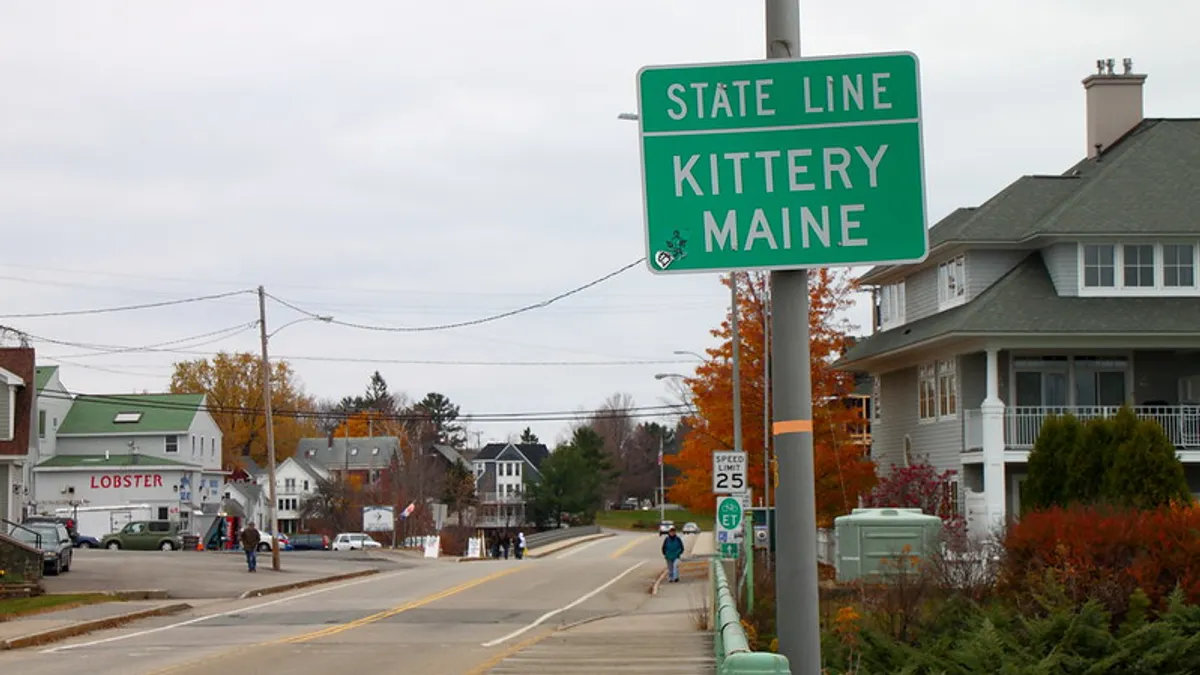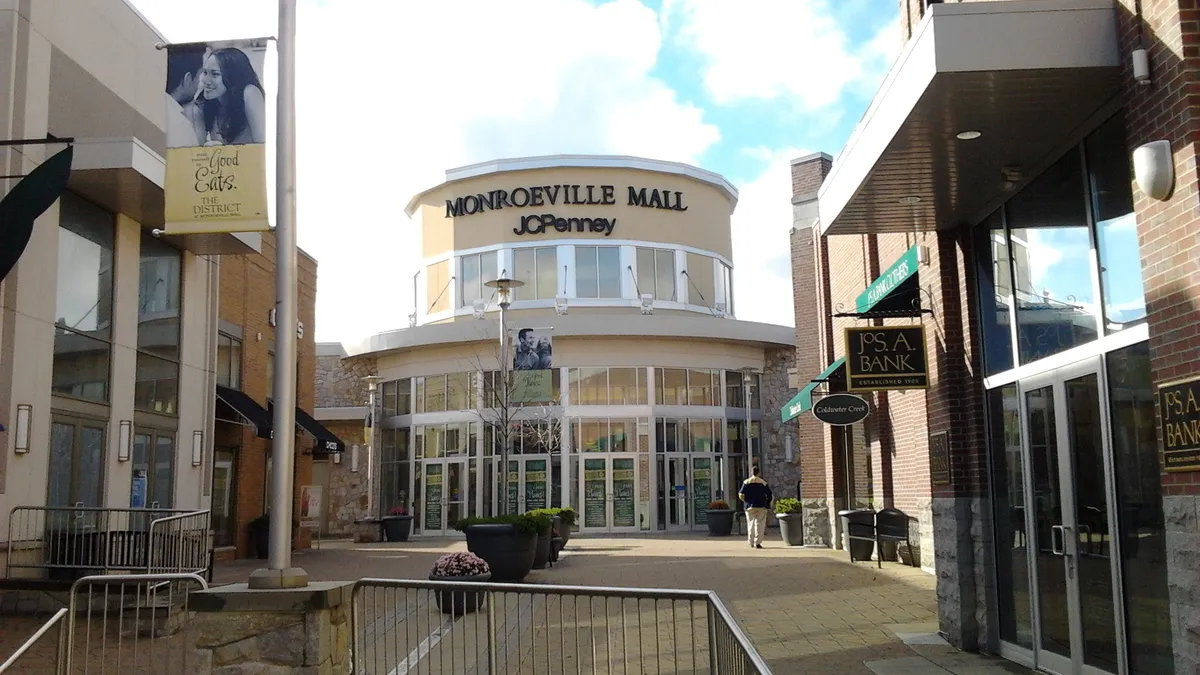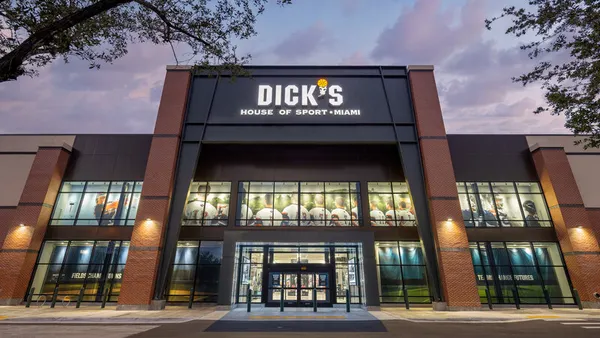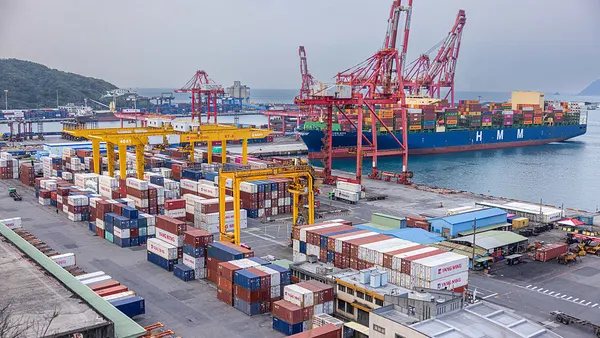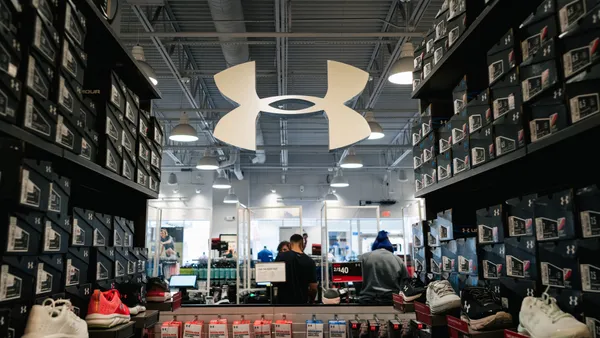Traffic to malls run by Simon Property Group is up 1.5%, but footfall is weak along the U.S. border and in areas that usually benefit from tourism, CEO David Simon told analysts Monday.
The decline undermines an otherwise strong portfolio, which is outpacing U.S. malls overall, according to research from Jefferies analysts led by Linda Tsai, released last month. June mall foot traffic fell 2.7% year over year, after rising 4.6% in May, with Simon Property Group enjoying the strongest performance, followed by Macerich and Tanger, Jefferies found.
The malls experiencing declines or stagnation otherwise “provide pretty healthy sales growth,” Simon said.
“It doesn't really matter whether it's an outlet or a full-price mall, but it's assets that are on the border, north or south,” he said. “It's almost irrelevant, whether it's Canadian border or the Mexican border. ... And I would also say we're not seeing the benefit that normally you might see from a weaker U.S. dollar.”
Walmart similarly noted “some traffic shifts in February and June, aligning with headlines concerning the Hispanic consumer,” Jefferies analysts led by Corey Tarlowe said in July. Earlier this year, several analysts noted that spending is down at off-price stores near the U.S.-Mexico border.
Nearly 20% of the U.S. population identifies as Hispanic, and in the past 15 years, the demographic has grown faster than any other — driving almost half of the country’s total population growth, according to research from Kantar. This is a consumer bloc whose spending power outpaces non-Hispanic spending and represents GDP of $3.2 trillion. As a group, their finances are strong, “with more discretionary income, greater savings, and less concern over essential costs compared to all shoppers,” according to Kantar’s report.
But brick-and-mortar shopping is down significantly among Hispanic shoppers compared to last year, which the firm attributes in part to immigration policy.
“Despite this relative optimism, in-store shopping remains subdued, signaling that economic strain is not the primary barrier,” Kantar said. “This disconnect suggests other forces, such as heightened concerns around safety, belonging, or cultural relevance, may be driving the pullback from physical retail.”



